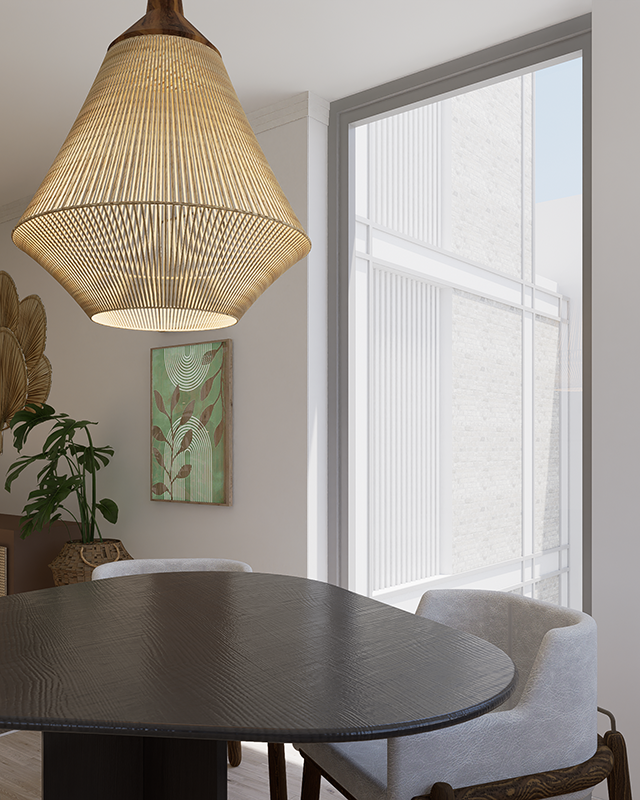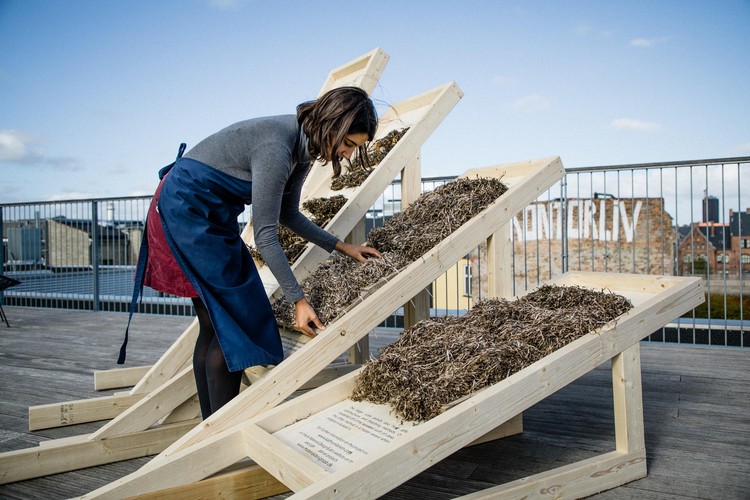Investing in residential property development can be a lucrative venture, but it requires careful planning, research, and execution. If you’re considering investing in residential properties, you’ll need a structured approach and follow specific rules to maximise your returns.
In this post, we’ll explore the seven critical steps involved in the land acquisition and development sale process, offering insights and tips to help you make informed decisions about your investment.

Step 1: Establish Your Investment Capabilities
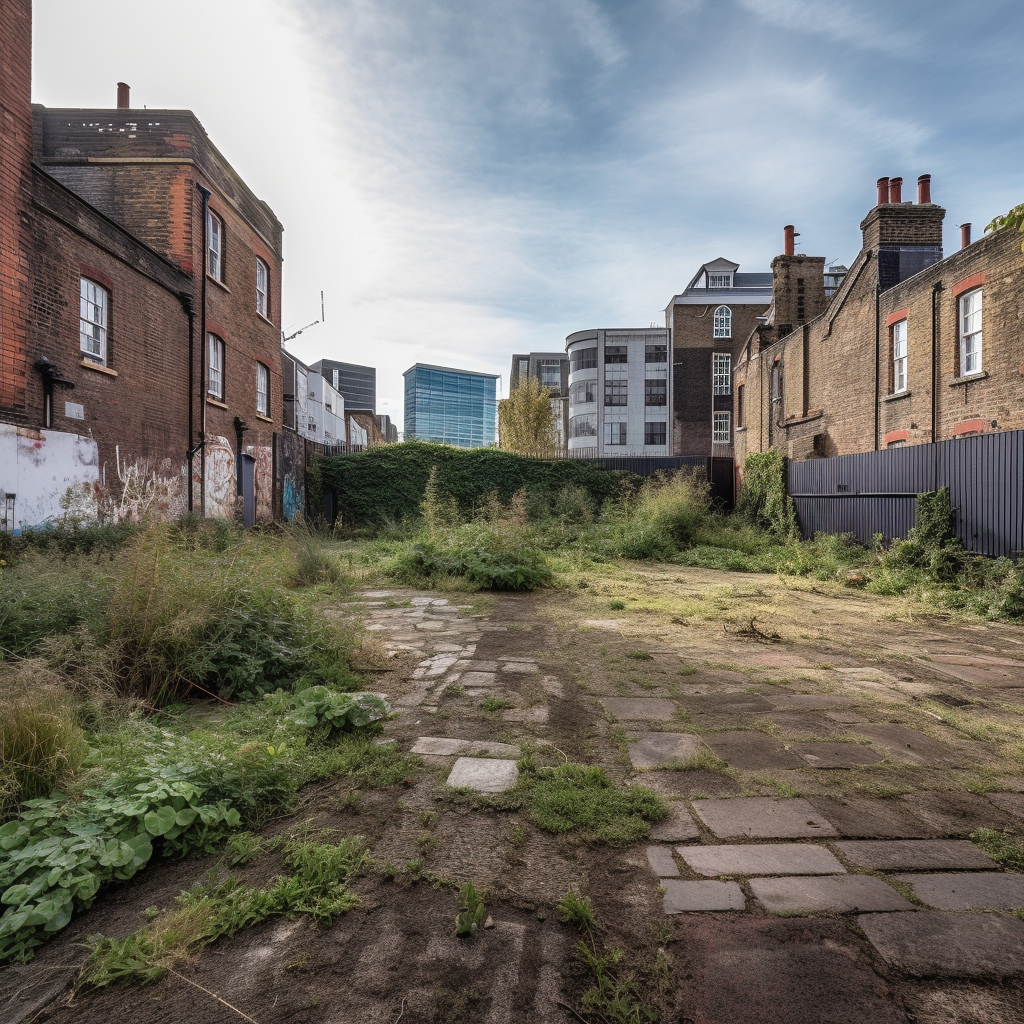
Before embarking on any investment, it’s crucial to establish your investment capabilities. This includes determining your budget for land acquisition and your total development budget. For example, if you have a budget of £250K to obtain land for your development investment and your total development budget is £450K, you may want to focus on land that is in close proximity to established towns or city areas, and fits your investment profile.
Step 2: Land Listings Research
Once you have established your investment capabilities, the next step is to research land sale websites such as LoopNet UK to find potential sites that fit your investment profile. Filtering search criteria can help you find relevant properties that match your budget, location, and other requirements. It’s important to shortlist a range of sites to consider in the next stage.

Step 3: Exploratory Stage
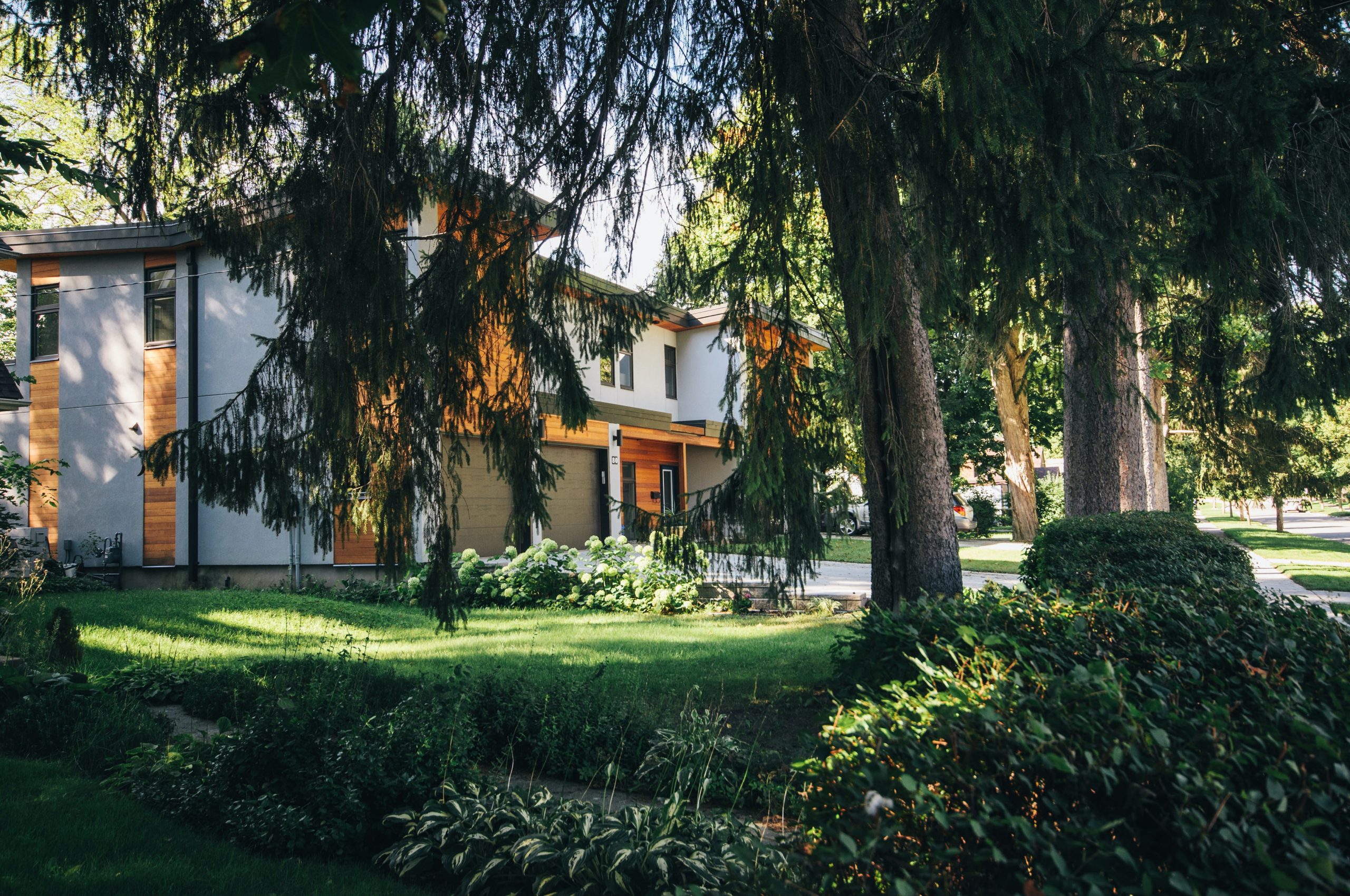
In the exploratory stage, you’ll need to vet the shortlisted sites further to identify the most promising options. You’ll need to consider various factors, such as seller restrictions, planning permissions, proximity to large towns or cities, commercial developments, awkward site shapes or restricted access, and greenbelt restrictions. You should also take note of any steer clear alerts that may indicate potential issues with the site. This stage helps you narrow down your options and identify the most viable sites for your investment.
Step 4: Preliminary Feasibility Stage

Once you’ve selected the top four sites, you’ll need to move on to the preliminary feasibility stage. This involves visiting the sites and compiling extensive documentation, where you’ll assess the profitability and development potential of the land listings. You’ll need to establish contact with the seller and contact local planning authorities to seek answers about the developability of the site. You’ll also need to prepare a draft outline proposal to submit to planning through a pre-application submission. After assessing the four sites, you can narrow down your selection to the most promising option based on preliminary potential assessment and financial viability.
Step 5: Selection
The selection stage involves choosing the site that offers the best potential for your investment. You should consider factors such as the type of development, the type of land, preliminary potential assessment and finances, and the pros and cons of each site. You’ll also assess the costs associated with the development, including site acquisition, build costs, planning and architectural services, purchase costs, and selling costs, to determine whether the project is financially feasible.

Step 6: Inceptive Stage

In the inceptive stage, you’ll initiate design, compile consultants, and prepare a proposal for submission to the planning authority. This stage involves purchasing the site and contacting consultants, including planning, flood risk assessment, transport, acoustics, air quality, landscape design, daylight and sunlight assessment, and heritage statement consultants, as needed. You’ll also need to obtain pre-application advice from the planning authority to ensure the new proposal meets the local planning policies.
Step 7: Development Sale or Build and Sale
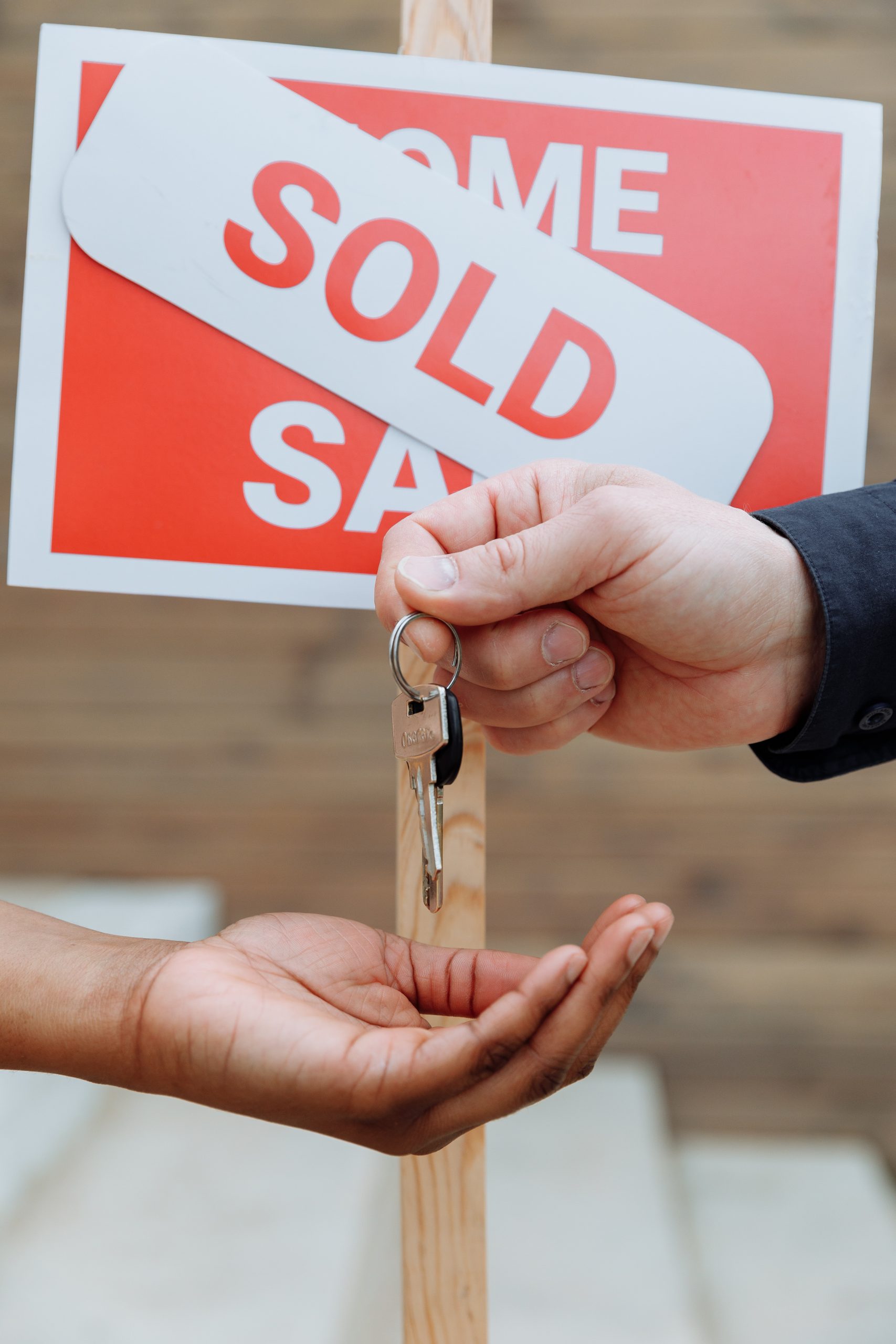
Upon completion of the planning proposal works, you’ll submit the planning proposal to the local authority. Assuming planning is granted, you will have two options: sell the site with planning or carry out the proposal into the next stages of development, including tender phase, building stage, and sale. Selling the site with planning may fetch up to 50% of its value without planning permission.
Conclusion

In conclusion, the journey from land acquisition to development sale is a challenging but rewarding process that requires careful planning and execution. The seven steps outlined in this post provide a useful guide for anyone considering property development, and offer insights into the critical factors that should be considered before embarking on this journey.
At our architectural studio, we understand the challenges involved in property development and the importance of creating value for our clients. With our extensive knowledge of UK planning policies and our creative approach to design, we are well-positioned to add value to your property and help you achieve your development goals.
Our team is dedicated to working closely with our clients throughout the development process to ensure that their vision for the property is brought to life. We offer the full spectrum of architectural services, including planning application and building regulations submission, as well as development feasibility studies, site surveys to provide a comprehensive and seamless design and development experience.
We take pride in delivering sustainable and thoughtful design solutions that add significant value to our clients’ properties. Contact us today to discuss your property development needs and learn more about how we can be of assistance.
Was this helpful?
Let us know!
This series offers more contents related to land and development. If you are interested in our involvement in your project please get in touch with us – we’d love to hear from you!

